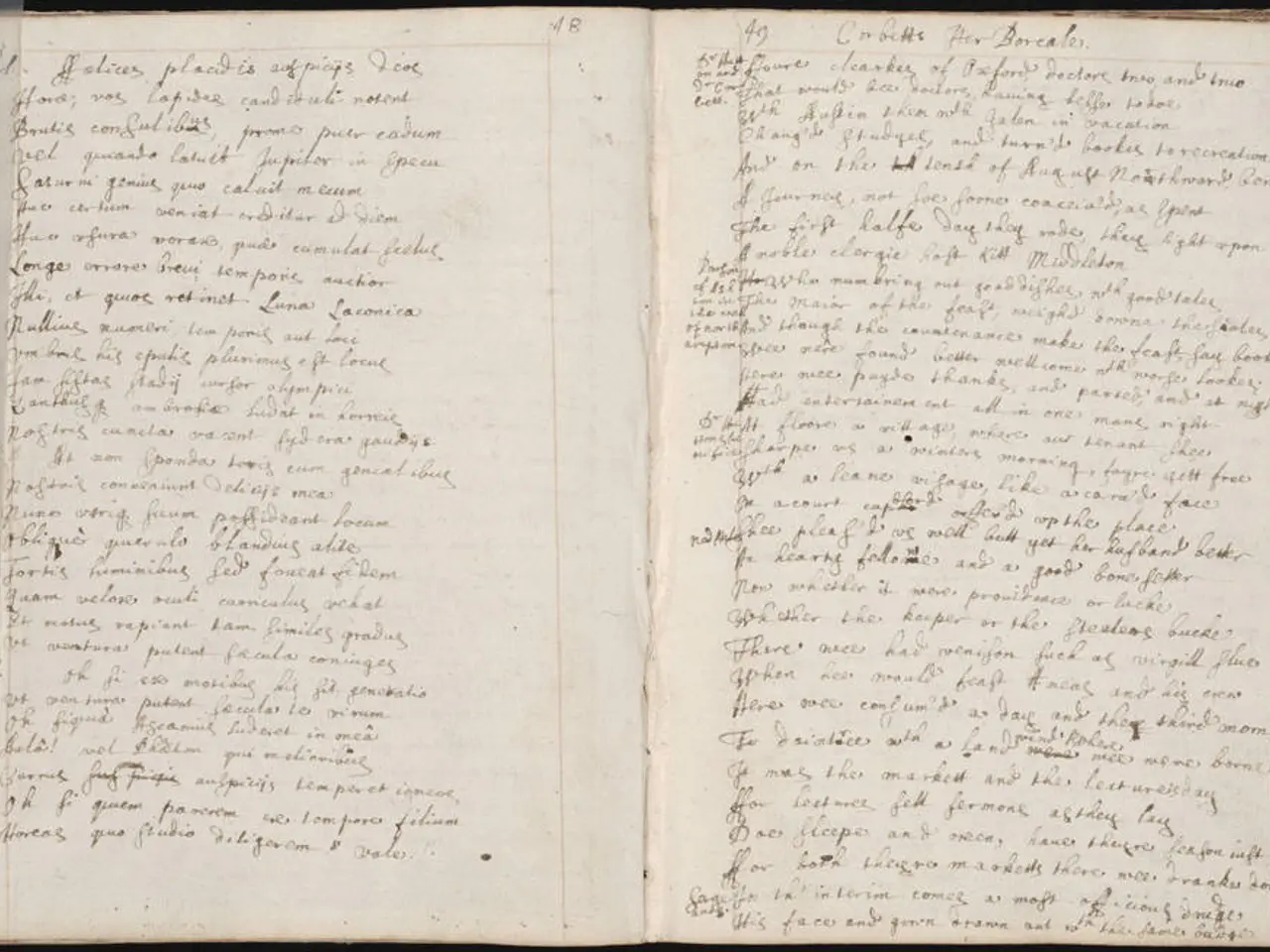Personal Perspective: Understanding Definitions and Showcasing Examples
In the world of storytelling, the choice of point of view (POV) can greatly impact the reader's experience. One such perspective is the first person point of view, a narrative style that uses first person pronouns such as 'I' and 'me'. Here, we delve into the nuances of first person POV, focusing on its three main variations: First Person Central, First Person Peripheral, and First Person Omniscient.
First Person Central, as the name suggests, is narrated by the protagonist themselves. This POV offers readers a direct insight into the protagonist's thoughts, feelings, and experiences, as the narrator and the main character are one and the same. The narrative unfolds through the protagonist's personal perspective and interpretation of events.
In contrast, First Person Peripheral is narrated by a character close to the protagonist but not the protagonist themselves. This narrator observes and recounts the protagonist's actions and some events but usually does not have access to the protagonist's inner thoughts or feelings, thereby maintaining a degree of mystery around the protagonist.
First Person Omniscient, although a less common term, can be understood in relation to omniscient narration, typically associated with third person. Omniscient narrators have a god-like knowledge of all characters and events, including access to every character's inner thoughts and motives. However, it's important to clarify that true omniscient narration is generally a third-person perspective, so the phrase "First Person Omniscient" can cause confusion or be a misnomer.
Using first person POV can create a sense of intimacy and immersion, provide integrity and credibility, and allow for an unreliable narrator. However, it's crucial to avoid repetition and unnatural descriptions of the character, especially when they describe themselves. In First Person Peripheral, the narrator isn't the protagonist, and the reader isn't privy to the protagonist's thoughts and feelings. It's also important not to switch between the two while using the same POV character.
In First Person Central, the narrator is also the main character and shares their thoughts and feelings with the reader. Not every detail of the main character needs to be described; successful authors often stick with one POV for a given character throughout the book. Characters in first person POV need to be intriguing to keep readers engaged for thousands of words. In first person POV, the character's knowledge should be limited, and they should not know what is going through another character's head.
First person POV is not suitable for every story, and understanding its ins and outs is crucial to determine its suitability. Successful authors often switch between first and third person perspectives, and present tense can be used in first person POV to create immediacy and intimacy, but there are limitations to this tense.
Examples of first person POV include "The Catcher in the Rye" by J.D. Salinger, "To Kill a Mockingbird" by Harper Lee, and "The Great Gatsby" by F. Scott Fitzgerald. Even Death, as the POV character and narrator, is featured in The Book Thief, a novel that exemplifies first person omniscient POV.
In conclusion, mastering the art of first person POV can greatly enhance a story's impact on readers. By understanding the differences between First Person Central, First Person Peripheral, and First Person Omniscient, writers can craft narratives that captivate and immerse readers in the world of their characters.
A home-and-garden magazine could highlight the lifestyle of an author, showcasing how their writing space inspires their first person point of view narratives and exploring the nuances of writing in the first person.
In a heart-warming memoir, a protagonist reflects on their life journey, detailing their experiences from a first person peripheral perspective, offering a unique blend of introspection and storytelling.




